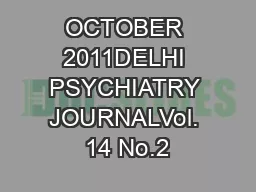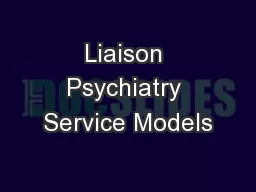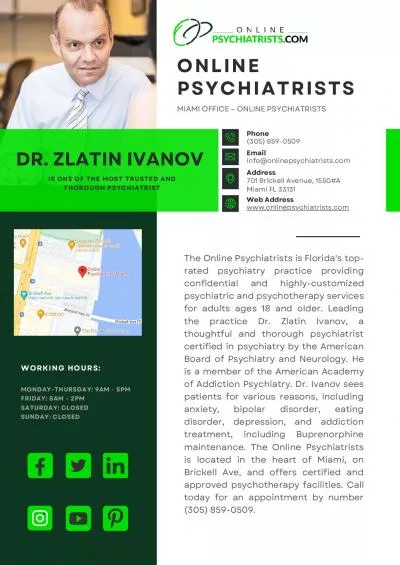PPT-Psychiatry Meeting
Author : myesha-ticknor | Published Date : 2017-10-11
24 th November 2016 Andrew Gallagher Consultant Physician and Endocrinologist NHS Greater Glasgow amp Clyde Prevalence 2015 data WORLDWIDE Almost 300 million people
Presentation Embed Code
Download Presentation
Download Presentation The PPT/PDF document "Psychiatry Meeting" is the property of its rightful owner. Permission is granted to download and print the materials on this website for personal, non-commercial use only, and to display it on your personal computer provided you do not modify the materials and that you retain all copyright notices contained in the materials. By downloading content from our website, you accept the terms of this agreement.
Psychiatry Meeting: Transcript
Download Rules Of Document
"Psychiatry Meeting"The content belongs to its owner. You may download and print it for personal use, without modification, and keep all copyright notices. By downloading, you agree to these terms.
Related Documents












![KEEP PSYCHIATRY IN MIND [Your name]](https://thumbs.docslides.com/1012397/keep-psychiatry-in-mind-your-name.jpg)

